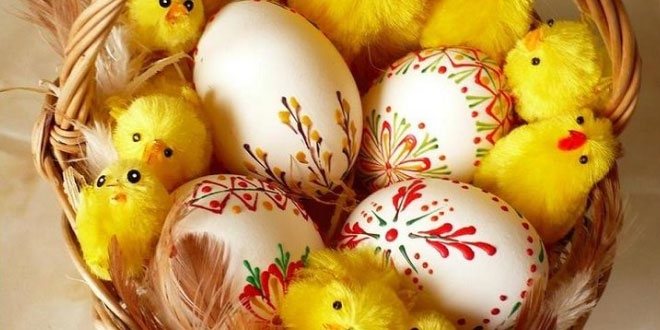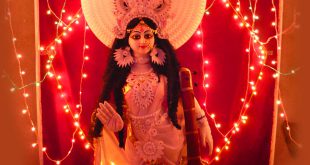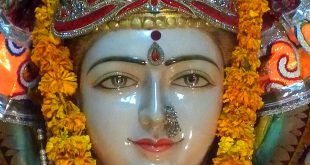Pysanka – Ukrainian Easter Egg: Easter Facts And Trivia
Pysanky – Easter Egg Pysanki
A Pysanka is a Ukrainian Easter egg, decorated using called “batik”, a generic wax-resist dyeing technique used on fabric. The word “Pysanka” is derived from the verb Pysaty that means “to write”. This name signifies the art of Pysanka where the as the designs are not painted on, but actually written with the help of beeswax. Many other eastern European ethnic groups, namely Belarusians, Bulgarians, Serbs, Czechs, Lithuanians and Romanians decorate eggs in the same way like that for Easter. These Ukrainian Easter eggs, known as Pysanka, are renowned for exquisite ornamentation and artwork.
The origin of Pysanka eggs dates back to ancient times. Though no actual ancient illustrations exist, as eggs are fragile things, one can know it from the folklores and legends related with this tradition. Legend has it that the natives of Ukraine worshipped the sun which was referred here as Dazhboh. Decorated eggs with motifs of nature symbols were chosen for sun worship ceremonies and they became an integral part of spring rituals.
In pre-Christian times, Dazhboh was one of the main deities in this area and birds were considered as the god’s chosen creations. It was thought so because only the birds were thought to be able to reach near him. As humans could not catch the birds, they used to catch the eggs that the bird laid. They also considered the eggs to be magical objects as they were the source of life. These eggs were also commemorated during the rituals of the spring festivals. It also signifies the rebirth of the earth.
With the arrival of Christianity in the region, the process of religious syncretism, the symbolism of the eggs were changed to symbolize, not the rebirth of nature, but the rebirth of man. Even after the locals converted to Christianity, Pysanka remained to play a significant role in Ukrainian rituals. Pysanky eggs are traditionally made during the last week of Lent, the Holy Week in the Catholic and Orthodox Eastern Church. Each province, each village, and almost every family in Ukraine had its own special ritual, its own symbols, meanings and secret formulas for dyeing eggs.
Pysanka eggs were created by carefully applying wax in patterns to an egg. The egg yolk and white are either allowed to dry up over time, or removed by blowing them out through a small hole in the egg. The egg was then dyed, wax would be reapplied in spots to preserve that color, and the egg was boiled again in other shades. The result was a multi-color striped or patterned egg. This customs of making egg has been preserved faithfully and passed down from mother to daughter through generations. They are made by the women of the family.
 Kids Portal For Parents India Kids Network
Kids Portal For Parents India Kids Network







